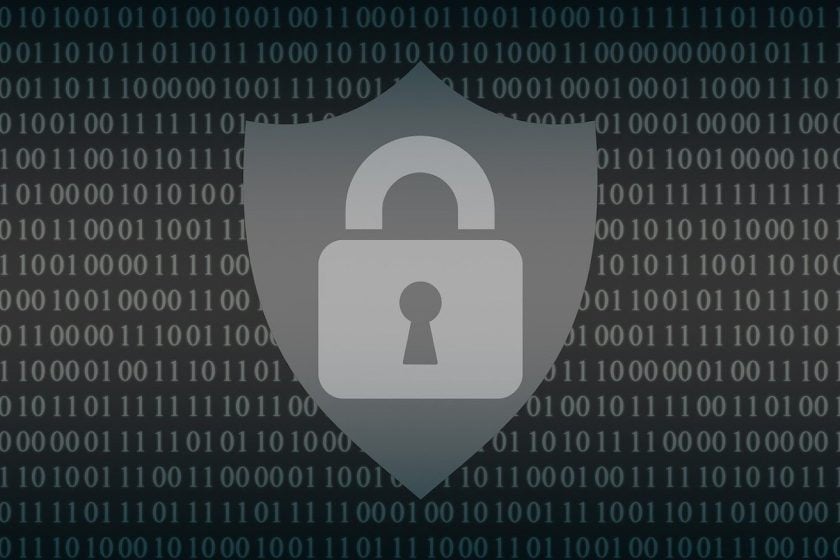Understanding the Growing Threat of Ransomware Attacks

The Shift from Early Internet Threats to Modern Ransomware
For many computer users, the simple act of clicking a suspicious link or browsing an unknown site can seem harmless-yet it's often the main entry point for a devastating type of malware known as ransomware. Unlike older viruses, ransomware is designed to lock you out of your own files and demand payment for their release. What was once a rare cybercrime has evolved into a routine digital hazard.
In the early days of broadband and cable internet, ransomware incidents were infrequent and sometimes could be thwarted without paying the perpetrator. Back then, even demonstrating these cyber-attacks was challenging for TV shows and law enforcement because many people were unaware of their existence. Fast forward to now, and ransomware attacks have become far more sophisticated and widespread.
How Ransomware Was First Brought to Public Attention
During the initial rise of ransomware, public awareness was limited. On shows like The Real Hustle, producers struggled to effectively showcase the severity of such threats, since cybercrime wasn’t as visually captivating as real-world scams. In one early attempt to highlight the issue, a show segment involved staging a laptop attack in a hotel business center using a USB device. The unsuspecting participant watched as their files were suddenly locked, only to be hit with a ransom demand and countdown timer.
Although the demonstration was orchestrated for television, the reactions-shock, confusion, and a willingness to comply with the demands-mirrored what many victims experience today.
Why Most Users Underestimate Digital Dangers
Many individuals trust that simply having installed antivirus software years ago is enough to protect them from threats. Unfortunately, the rapid evolution of cybercrime means outdated defenses are often ineffective.
For instance, another memorable scam from The Real Hustle involved a fake "shredding service." Victims believed their confidential papers were safely destroyed, but a hidden document scanner inside the shredder captured and transmitted everything before the papers were pulped. The participants couldn't imagine their data was compromised simply by using a service they considered secure.
The lesson was clear: as technology advances, so do the methods of deception. Protective measures become outdated, and hackers continuously adapt in pursuit of fresh opportunities.
The Alarming Scale of Today’s Ransomware Outbreaks
Currently, ransomware poses a significant risk to both individuals and organizations worldwide. Attackers use advanced encryption to lock entire drives, revealing themselves only when a device becomes inaccessible. Victims receive detailed instructions for payment, often accompanied by dire threats if the ransom isn’t paid.
Criminals typically focus on smaller targets, such as individuals and small businesses, but some seek larger, riskier paydays by attacking hospitals, public utilities, and essential infrastructure. Such attacks have increasingly attracted attention at the national and international levels due to concerns about potential cyber warfare tactics targeting entire nations.
The tactics and tools used for these attacks are growing more advanced, with the potential to cause disruptions on a massive scale-posing threats not only to privacy and finances but also to public safety.
The Expanding Arsenal of Cybercriminals
Ransomware deployment no longer requires expert skills. Modern attacks are made possible through a web of services, toolkits, and brokers that enable less technically adept criminals to profit.
Key entry points for ransomware include:
- Clicking on malicious links in emails or websites.
- Purchasing passwords and entry methods from "access brokers" who specialize in selling network vulnerabilities.
- Exploiting default credentials on network hardware.
- Recruiting insiders within organizations, sometimes offering substantial bribes for access.
What’s particularly dangerous is that sometimes sophisticated malware doesn’t even need to trick the user into running a suspicious app. Instead, vulnerabilities may be exploited simply by interacting with an infected document or following a compromised QR code. For example, the widespread shift to online menus accessed by QR codes since the pandemic has introduced new attack vectors that are already being exploited by criminals.
Why No One Is Immune to Ransomware
Connecting to the internet inherently exposes devices to countless avenues of attack. Even cables and hardware components ordered from legitimate sources have, on occasion, been found with hidden malware designed to siphon off sensitive data or monitor keystrokes.
While determined cybercriminals can eventually penetrate even well-defended systems, most operate opportunistically, casting a wide net for easy targets. However, taking fundamental precautions remains crucial for ordinary users. These include:
- Creating strong, unique passwords for each account.
- Enabling two-factor authentication wherever possible.
- Keeping all security software and device firmware updated.
- Backing up important data regularly to an external or cloud-based resource not connected to your primary network.
Staying vigilant and proactive dramatically reduces your risk of falling prey to ransomware.
Staying Protected: Reduce Your Exposure to Ransomware
Although preventing every possible attack is virtually impossible, you can minimize your risk by:
- Remaining cautious about clicking links or downloading files from unknown sources.
- Using up-to-date security measures and monitoring for potential vulnerabilities.
- Educating yourself and your organization about current cybercrime tactics.
- Avoiding reliance on outdated or default passwords on all network devices.
By prioritizing basic cybersecurity hygiene and adapting to evolving threats, you can help ensure your data remains safe even as ransomware tactics continue to change.














